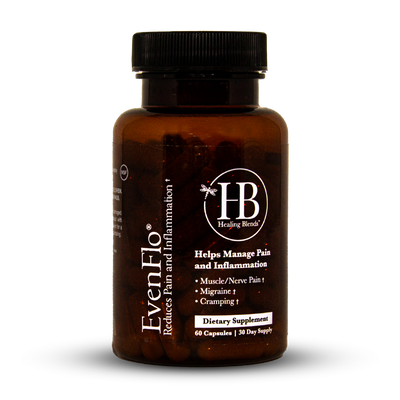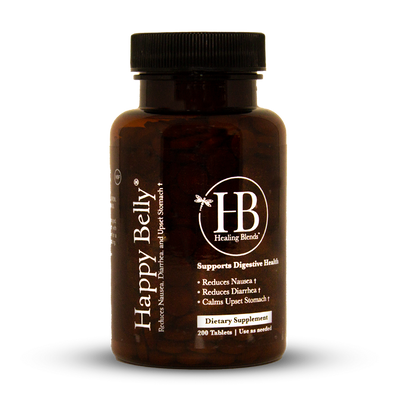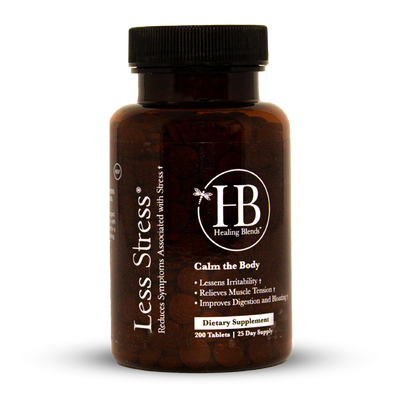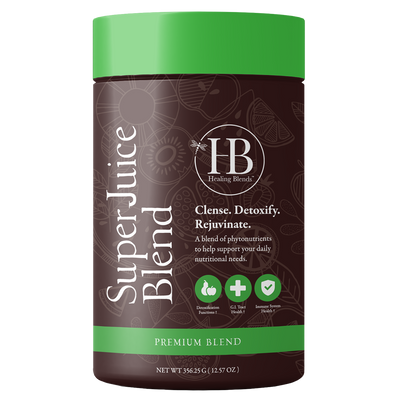More Opioids, More Pain
Pain is a common health problem. It may be a temporary issue like after a surgery or it may be your day-to-day burden because of a certain illness. But while you may use medicines to relieve your symptoms, relying on them may not be the best way to handle your concerns especially if you are using opioids.
Opioids are a regulated drug in many countries and only prescribed by physicians. However, many people are able to buy them from online stores. The ease of getting them and the initial positive effects make them the choice of some individuals for their physical discomforts. But research shows that chronic use of the drug will actually make you more sensitive to pain – the total opposite of what you want to achieve. To know how this paradox happens, read on.
Overview of Opioids
Opioids are medicines commonly prescribed for bad short-term pain. They can be in the form of hydromorphone, morphine, codeine, oxycodone, and tramadol. They are used to treat patients with end-stage advanced cancer and for those who have undergone surgery, experienced bone fracture, and serious accidents. However, consumption has increased over time. In the US alone, one study in the Journal of American Medical Association reports that the country is in the midst of an opioid overdose epidemic. It is estimated that there are about 2 million individuals who suffer from opioid addiction [1].
Ideally, health practitioners should consider opioids as the last option if other over-the-counter pain relievers do not work. It is not prescribed for chronic pain caused by arthritis, low back pain, and even frequent headache. Opioid is a strong and addictive drug. Over time, your body gets used to its effect and this is when the medication stops working well. In order to get the same relief, you may need to take more and more and at a higher dose until you develop tolerance and dependence on it. Chronic opioid use leads to several side effects and stopping its use abruptly can also cause withdrawal symptoms.
Opioid-Induced Hyperalgesia
Apart from the serious side effects of its use and the withdrawal symptoms, researchers have observed that patients taking opioids become more sensitive to pain compared with those who do not take the drug. The first observation of this contradictory phenomenon has been reported more than a century ago. In 1870, British physician Sir Clifford Allbutt observed that the drug may only pretend to relieve the pain but it can actually cause more of the symptoms. Although the scientific basis was not yet fully available at that time, today, clinicians call it the opioid-induced hyperalgesia (OIH), a side effect of the drug that causes an increased response to pain stimuli.
In one review that appeared in PubMed Journal, the authors explained that patients receiving opioids may experience more intense sensation to pain [2]. Minor and tolerable pain like needle injections can lead to serious discomforts. While it can treat your issues initially, the long term effect is that it makes you suffer more. Thus, chronic opioid therapy should be used with extreme precaution among patients who truly need it to avoid the contradicting and serious side effects.
How does opioid-induced hyperalgesia occur?
Several studies have been conducted but the precise molecular mechanism is not yet well understood. However, cohort studies, controlled clinical trials, and observational researches have compared the results among opioid addicts and healthy human volunteers and results all point out to the same phenomenon.
Researchers agree that opioid-induced hyperalgesia is due to the neuroplastic changes that happen in the nervous system. Opioids block pain signals from reaching the brain. But during long term use, the body’s defense mechanism will overcome the blocked signals, and create other signaling pathways and connections. The changes result in hypersensitization and the person becomes overly sensitive to even simple pain [3].
Symptoms
There are no exact symptoms associated with opioid-induced hyperalgesia but clinicians should suspect the problem if the patient reports of unexplained pain that are not associated with the original stimulus or an even higher pain sensation despite increasing dosage of the drug. Since the perception is a highly complex process, the level of hyperalgesia among patients varies. Some may experience severe symptoms compared with others. You must remember that other factors such as genetics, combination with other medications, current physical health, and mental and emotional status can all affect how opioid-induced hyperalgesia presents itself.
Because of the risk associated with its use, it is important that it is used with caution. If a doctor is not aware of the phenomenon, he may prescribe more of the medicine and the action only worsens the problem. Overdose and more suffering are just two of the side effects of chronic opioid use.
Treatment
Treatment of opioid-induced hyperalgesia involves slowly stopping from the high dose medication. Your doctor will have to do this slowly to avoid the withdrawal effects. You will have days where you will not be using the strong drug to help your body recover. During the weaning, you will have to use other alternatives to deal with your discomfort. Doctors can use other medications; naturopaths opt for natural herbal supplements or clinicians may result in alternative therapy like behavioral interventions. Working with your doctor at this critical time is important to manage your symptoms.
Prevention
The best way to prevent opioid-induced hyperalgesia is to take the drug only for a few days and take it with the guidance of your doctor. Never take the medication more than what it is prescribed for. If it will be for chronic pain, be sure to have a break from it. This way your body will not create new connections for the pain pathway.
If it is possible, better go for other medications like OTC acetaminophen, ibuprofen or non-steroidal anti-inflammatory drugs. You may also consider non-drug treatments like exercise, physical therapy, acupuncture, massage therapy, and cognitive behavioral therapy. For a safer option, the use of herbs and adaptogens is a wise choice. After all, nature has the healing power incorporated in plants to provide you an effective and non-addictive remedy.
Bottomline
Opioids are strong medications intended for patients with serious and debilitating pain. They are not meant in treating low back pain, arthritis, and even headache. They should be used properly and with the guidance of a health practitioner who understands the opioid-induced hyperalgesia. Otherwise, the pain that you are trying to solve may only come to you in a stronger and worse state. So, instead of dealing with pain using opioids, try the natural alternatives. They are safer, effective and non-addictive that can help you handle your symptoms.
References:
- Schuchat, A., Houry, D, & Guy G. New Data on Opioid Use and Prescribing in the United States. JAMA. Aug 2017; 318(5): 425-426.
- Lee M. Silverman SM, et. al. A Comprehensive review of opioid-induced hyperalgesia. Pain Physician. 2011 Mar-Apr; 14(2): 145-61.
- Chu LF, Angst MS & Clark D. Opioid-induced hyperalgesia in humans: molecular mechanisms and clinical considerations. Clin J Pain. 2008 July-Aug; 24 (6): 479-96.


























